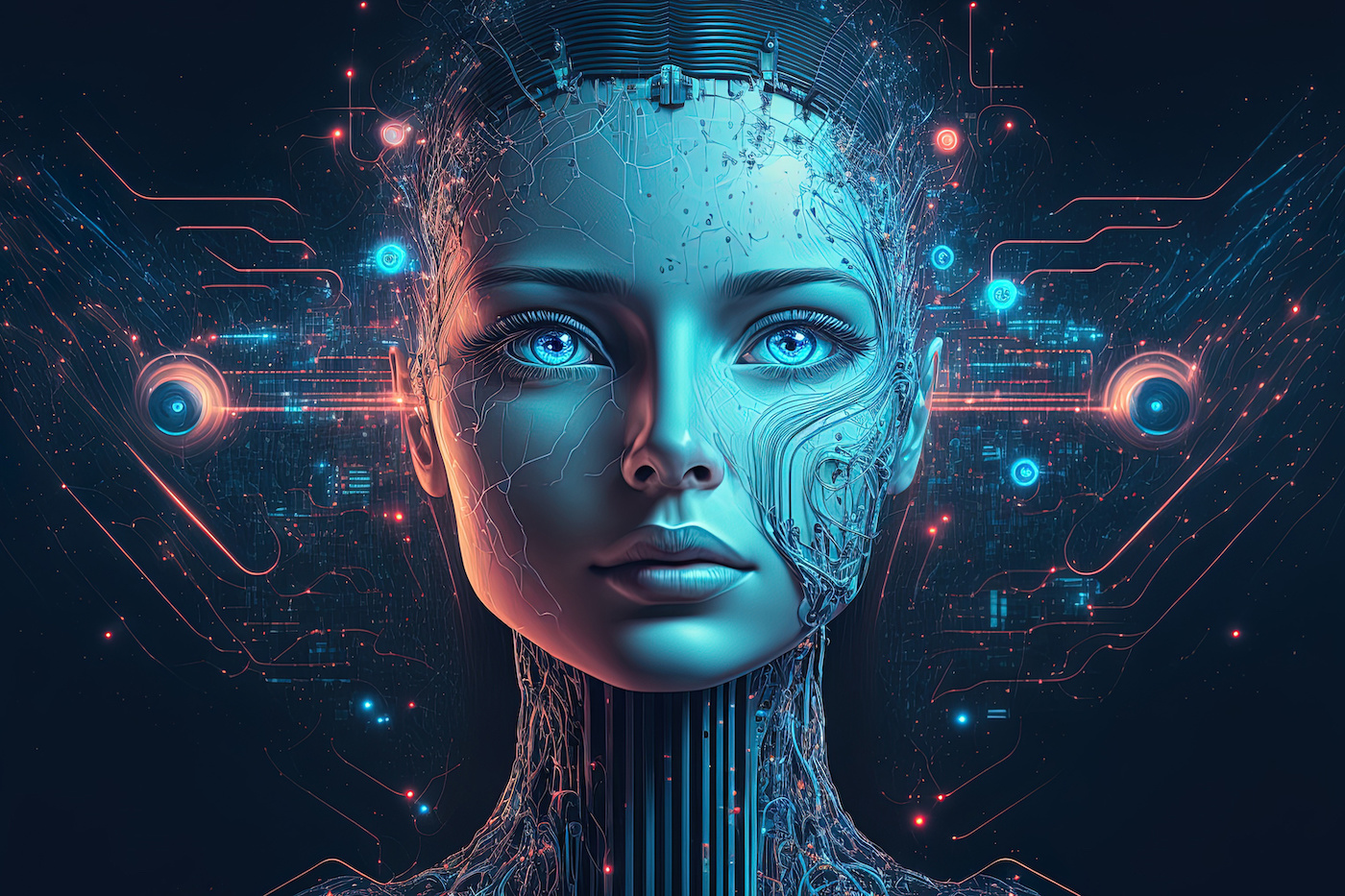How AI Poses Challenges to Education
By James Foote ’25
As artificial intelligence has planted itself into our everyday lives, the education system must grapple with the pros and cons, along with the effects that it has on generations of youth learning. With newly created AI chatbots like OpenAI’s ChatGPT or Google’s LaMDA, educators realize that using chatbots can transform the education process while simultaneously bypassing student learning, catering to free and thoughtless work. AI chatbots pose some benefit to the educational system, but the cons of stripping students of crucial writing and critical thinking skills outweigh any current benefit we see today.
Jean-Claude Falmagne created an AI bot called ALEKS, which actively assesses student’s strengths and weaknesses while providing study suggestions—one beneficial application of AI. ALEKS especially helps the education system, where it can provide test-like activities for students to complete. Once finished, students are given a score and a list of the topics mastered and the topics that need more work. For the topics requiring more focus, tools for different learning styles are provided to the student for mastery of the topic.
One of the other pros seen in AI chatbots is the rapid result grading systems. Students can receive quick feedback and learn from their mistakes in real-time without having to wait days or weeks for teacher feedback. Furthermore, teachers who are overwhelmed with class sizes of over 40 students can use AI to grade fundamental grammar and simple mistakes which saves time and returns feedback to students more quickly.
Though AI chatbots have their educational benefits, unregulated AI in our education system will strip the youth of crucial skills. Creativity vanishes when using AI. The algorithm can synthesize many ideas and transform them into one, for the user to take as their own. Whether one is writing a title or an entire essay, students no longer need to use their brains while relying upon AI. Furthermore, students are less likely to read a book if an idea for an essay is presented to them on a silver platter and will not practice creating arguments and using evidence to back said arguments up. These are fundamental practices that are used not only in the workforce but also in everyday life.
Another commonly overlooked argument against AI is the lack of human interaction. Having an in-person teacher that provides face-to-face feedback along with face-to-face encouragement has much more value in human psychology than most realize. To rely on AI to teach us, give us feedback, and communicate with us without any emotion is to turn us humans into similar bots.
As discussed, the pros of AI are not insignificant but, but the cons in the absence of regulation outweigh them. AI will inevitably become a major part of our lives and our education. As we are in the early stages of this growth, we must be proactive and stop it at its root. Harnessing the positive aspects of AI while limiting the drawbacks will lead to unprecedented levels of positive student growth. Anything short, though, could be catastrophic when the generations of AI-educated youth go into everyday life missing crucial social, critical thinking, and fundamental analysis skills.
Without any of my original thought, the title of this article was created by ChatGPT. Did you notice?
Pictured: AI generated art of AI (7 Best AI Art Generators (techrepublic.com))



